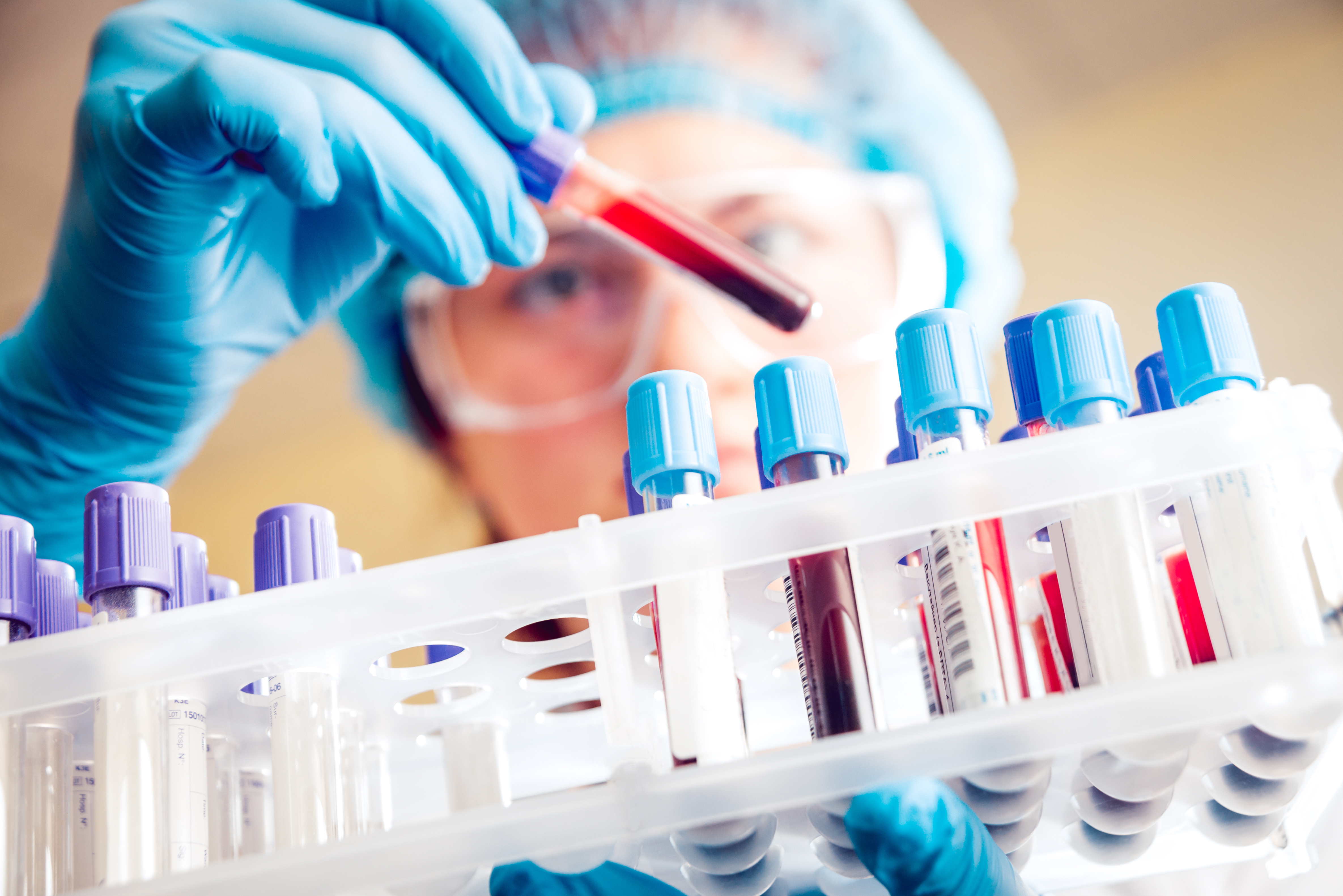Bluefield Project to Cure Frontotemporal Dementia Gets $1.2M to Advance FTD Blood Testing

potential new biomarker for EOP
The Bluefield Project to Cure FTD will receive $1.2 million from the Alzheimer’s Drug Discovery Foundation (ADDF) to validate an exploratory blood test in frontotemporal dementia (FTD).
The award is the first FTD investment through the foundation’s Diagnostics Accelerator, a venture philanthropy vehicle to advance the development of diagnostics and novel biomarkers for early detection of Alzheimer’s disease and other dementias. FTD is the most common form of dementia for individuals under 60.
Launched last July with seed money from philanthropist Bill Gates and others, the $50-million Diagnostic Accelerator will invest up to $5 million in efforts to develop biomarkers — measurable indicators of the severity or presence of disease — for FTD. The initiative announced its FTD focus in partnership with the Association for Frontotemporal Degeneration (AFTD) in January.
The nonprofit Bluefield project seeks to translate FTD investigations into the development of therapies that target disease caused by GRN gene mutations. This gene provides instructions for making a protein called granulin (also known as progranulin), present in many different tissues in the body where it helps control cell growth, division, and survival.
GRN-related FTD is characterized by behavioral changes, and sometimes speech and language problems. There are currently no treatments that modify the disease.
Biomarkers are essential to treatment development. The few biomarkers currently available are measured by tests in cerebral spinal fluid (CSF, the fluid that surrounds the brain and spinal cord) and neuroimaging scans. Such examinations are invasive and relatively expensive, and aren’t standard in general practice. Blood-based biomarkers, the focus of the Bluefield project, would represent a significant development.
“Investing in novel FTD biomarkers, such as blood tests, will be crucial in advancing our ability to make earlier diagnoses and accelerating drug trials,” said Howard Fillit, MD, founding ADDF executive director and chief science officer, in a press release. “This will not only be useful for people with a genetic mutation, but for all individuals and families facing FTD.”
The Bluefield project’s aim is to determine the best time to start potential treatment for those at risk for FTD caused by a mutation, which accounts for about one-fourth of FTD cases. Using the funding, researchers will measure blood neurofilament light chain protein levels in those at risk but who don’t yet show disease symptoms.
Neurofilaments are proteins that are part of the motor nerve cell skeleton, meaning they provide neurons with the necessary structure to hold their components.
The protein is found solely in the brain but when neurons die, neurofilaments are found “on the loose” in the bloodstream or in the cerebrospinal fluid. Higher levels of neurofilaments in the CSF have been found to be useful diagnostic markers in various neurodegenerative diseases, including amyotrophic lateral sclerosis.
If successful, the test could ultimately lead to FTD therapies.
“Through the Diagnostics Accelerator, we are hopeful that our investment in FTD biomarkers will bring earlier, more accurate diagnoses as well as more effective clinical trials,” said AFTD CEO Susan L-J Dickinson, adding that an accurate diagnosis takes nearly four years on average. “This is the key to the development of therapeutics and, eventually, a cure for this devastating dementia.”
The ADDF’s goal is to accelerate the discovery of therapies to prevent, treat, and cure Alzheimer’s. The ATFD is the leading U.S. nonprofit working to improve the lives of FTD patients and their caregivers.






